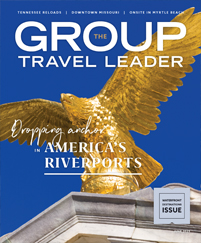
Among the most fascinating, dramatic and heart-wrenching stories of American history is one that I never learned in school.
In the years before the Civil War, the Kansas Terristory was a flashpoint of conflict. As the territory went through the steps necessary for statehood, there was extreme debate, both throughout the territory and the rest of the country, about whether Kansas would enter the union as a free state or a slave state. The answer would potentially upset the balance of power in the Union and lead to intense civil unrest.
There were many ‘free-staters’ living in Kansas at the time, but also many slavery supporters. As the debates became more heated, violence erupted, often incited by mauraders from neighboring Missouri, a slave state. At the time, Kansas was the wild West, with little law or protection of government. As the slavery argument turned violent, more than 200 men, along with at least one women, were killed to make political points. That vicious time in history is known to locals as ‘Bleeding Kansas.’
American students rarely learn about Bleeding Kansas and its role in the leadup to the Civil War. I first encountered the story five years ago on my first trip to the state. This is now my third visit to Kansas, and every time I come, I learn a little bit more about the price that was paid for freedom here. And every time I come back, the story continues to move me.
In the small town of Lecompton, which almost became the capital city of Kansas, re-enactors at the Territorial Capitol Museum have created a drama to help visitors understand the slavery debate and the effect that the Bleeding Kansas violence had on ordinary people. The drama is staged as a town hall meeting on the Kansas Territory, during which presenters from both sides give short speeches arguing their political points. Some of the speakers are well known historical figures or politicians. Others are common folk. One particularly moving speech is from a grieving widow, whose husband and sons were killed by slaveery supporters, just to make a point.
When groups visit the museum, they are divided into Northern and Southern factions, and then encouraged to heckle, cheer and participate in the debate as locals would have during that time period. The result is an experience that is interactive, moving and enlightening. I left the place with a new understanding of the struggle that everyday people faced in the days before the Civil War, and a deep appreciation to those who sacrificied so much to secure the freedom of men and women they would never meet.













